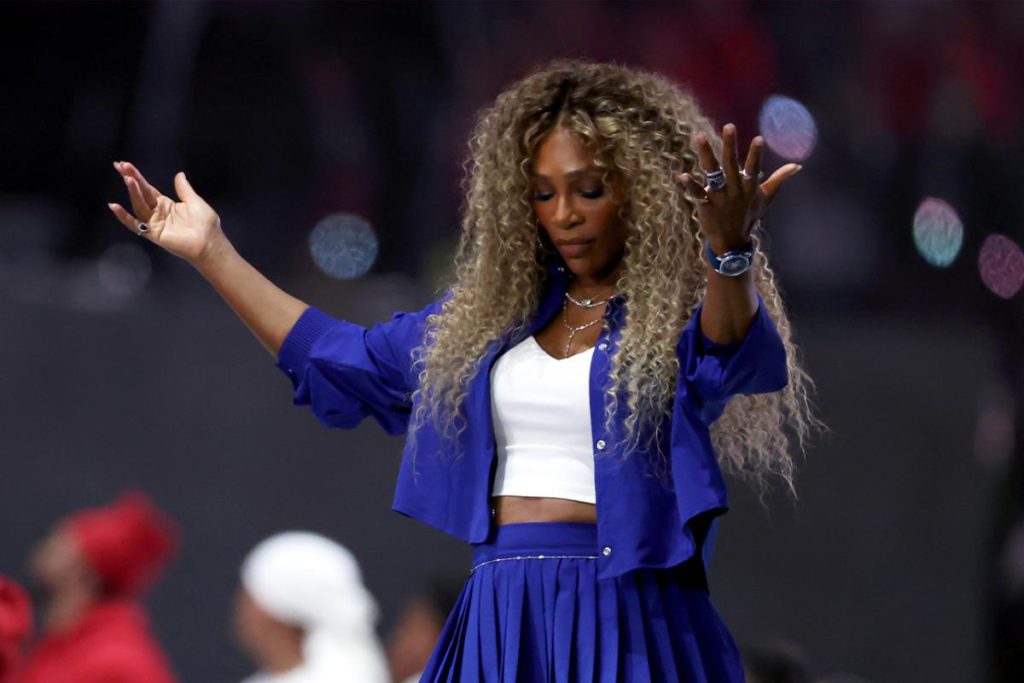The Super Bowl halftime show is always a spectacle, but this year, it became the talk of the town when Serena Williams joined Kendrick Lamar on stage. This unexpected collaboration wasn’t just about music; it was a convergence of sports and entertainment that sparked a lot of conversation. Serena, a tennis legend, and Kendrick, a rap icon, coming together on such a massive platform was a moment of cultural significance. Their shared roots in Compton added depth to their partnership, making it more than just a performance—it was a celebration of their heritage.
The dynamics between Kendrick Lamar and Drake have been a hot topic in the entertainment industry. Their feud, with Kendrick’s song “Not Like Us” taking direct shots at Drake, including some serious allegations, has been well-documented. Serena Williams, who was romantically linked to Drake in the past, appearing with Kendrick added another layer to this story. It wasn’t just about the music; it was a subtle nod to the personal histories and public feuds that shape the entertainment world. This moment was a reminder of how intertwined personal and professional lives can be in the spotlight.
Kendrick Lamar’s performance was a masterclass in blending artistry with controversy. He performed several of his hits, including “All of the Stars” and “Humble,” but the standout was his rendition of “Not Like Us.” Notably, he altered a lyric that had previously caused controversy, showing a strategic approach to his performance. The inclusion of “Euphoria,” another track aimed at Drake, kept the tension palpable. This performance wasn’t just about the music; it was a nuanced expression of his artistry and his unresolved conflicts.
The audience reaction was immediate and passionate. Social media exploded with tweets expressing shock and excitement over Serena’s appearance. Fans picked up on every detail, from Kendrick’s direct references to Drake to Serena’s energetic dance moves. The moment became a meme and a talking point, highlighting how live events can create instant cultural phenomena. The engagement was electric, showing how such moments transcend the event itself and resonate broadly.
Serena Williams’ involvement added a unique dimension to the performance. Her presence wasn’t just about dancing; it was a statement of solidarity and mutual respect. She shared a video of her outfit on social media, her excitement evident. This collaboration was a testament to the power of women in sports and entertainment supporting each other and breaking barriers. It also showcased Serena’s versatility beyond tennis, proving she’s a multifaceted figure in popular culture.
In the end, this halftime show was more than entertainment; it was a cultural event that highlighted the intersection of sports, music, and personal narratives. It showed how live performances can resonate on multiple levels, from the thrill of the unexpected to the deeper messages conveyed through collaboration. This moment will be remembered not just for the music or the dance, but for the cultural impact it left on the audience and the broader landscape of entertainment.









